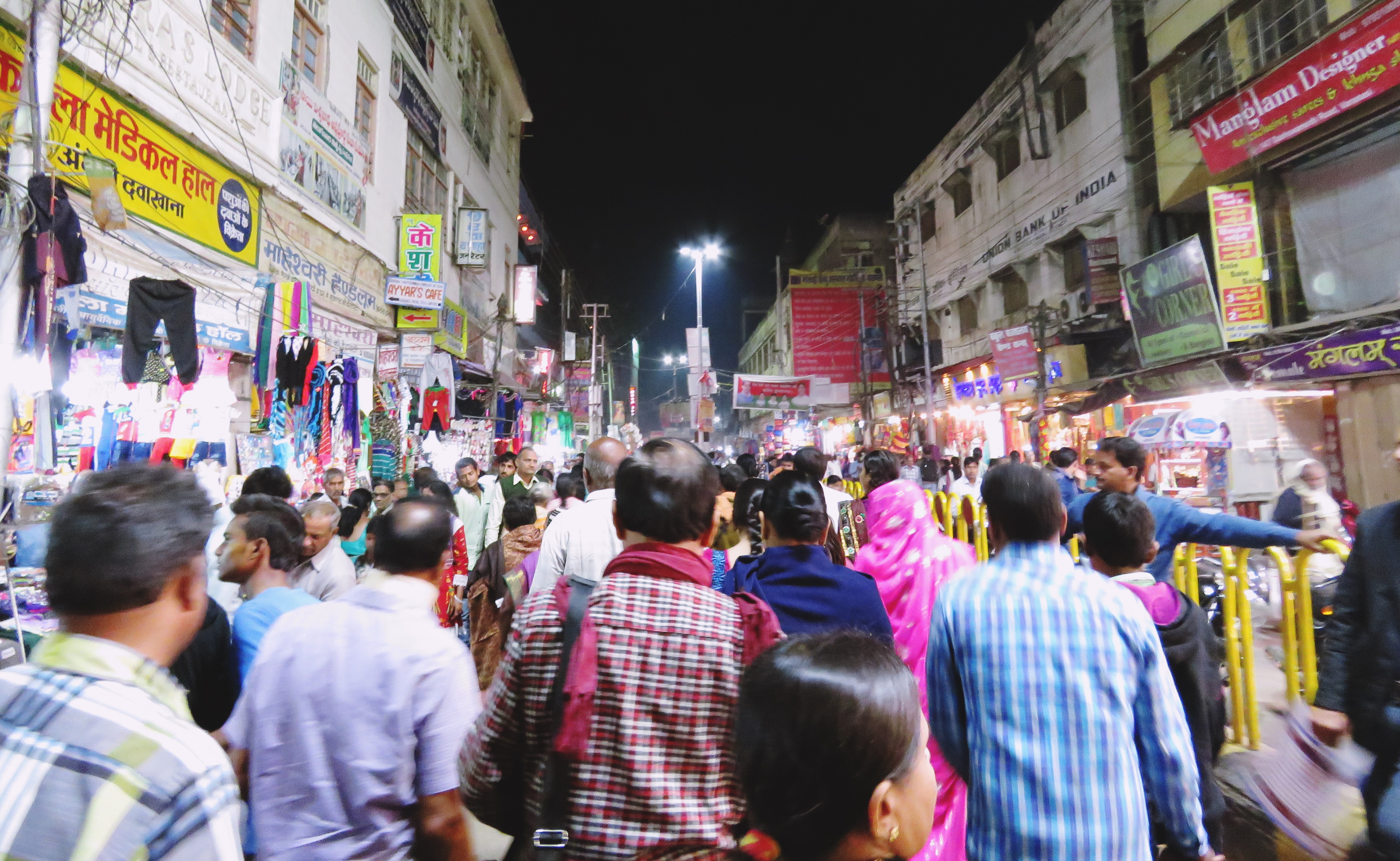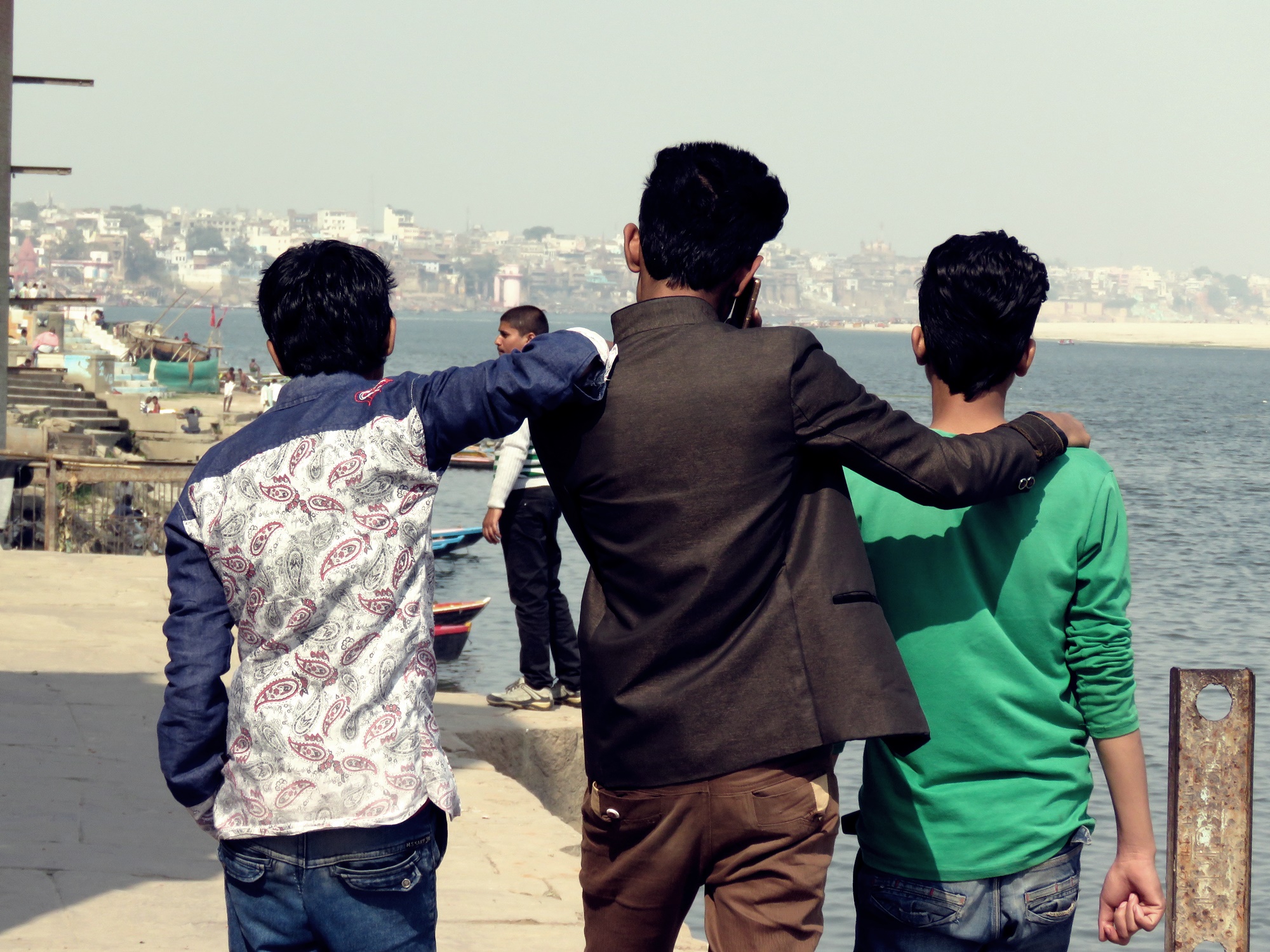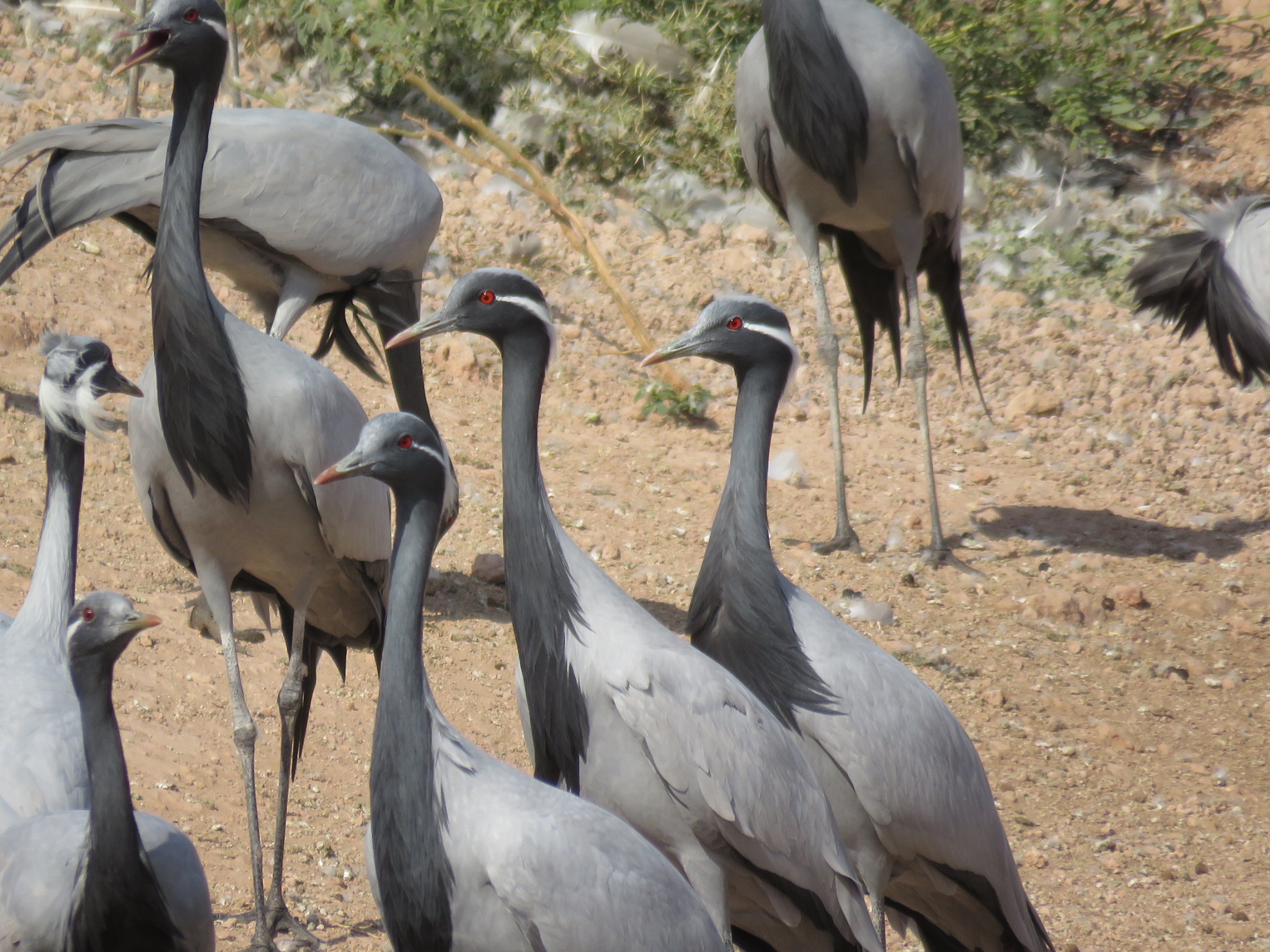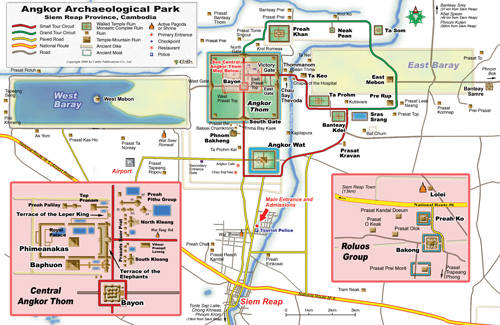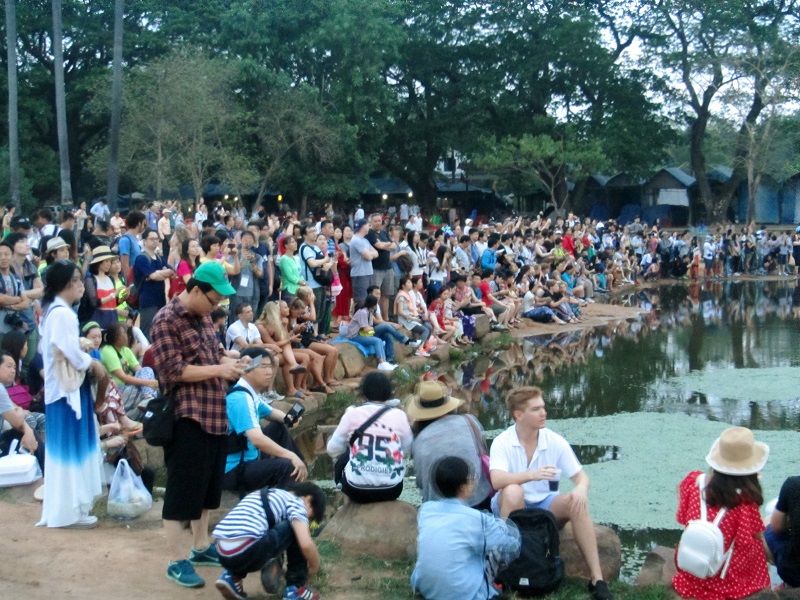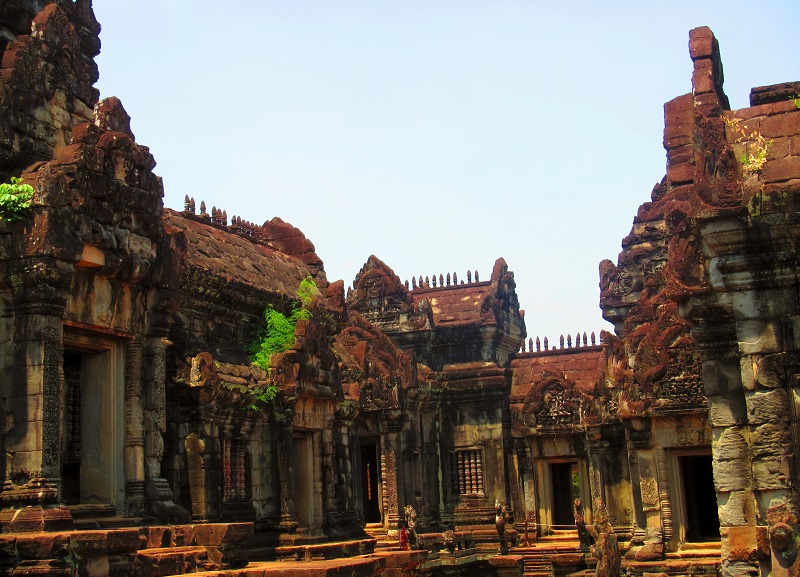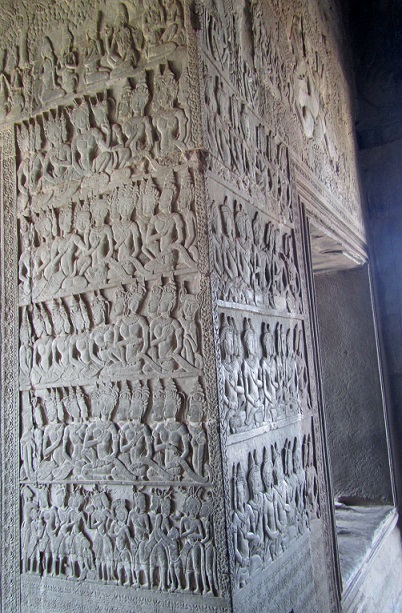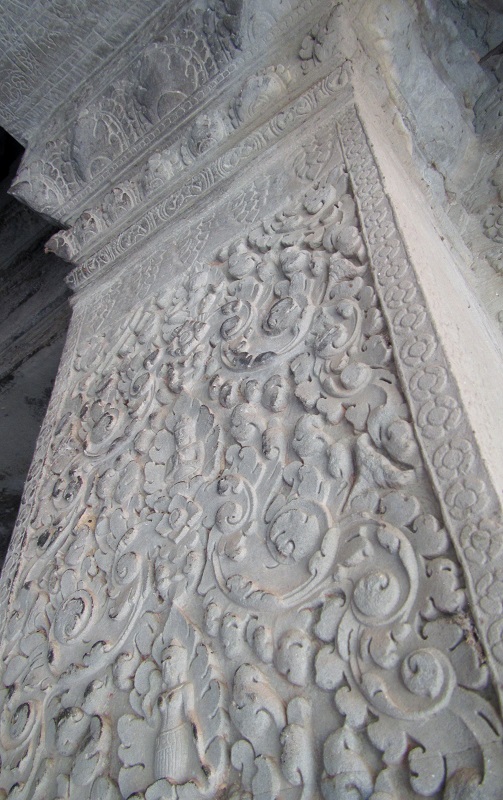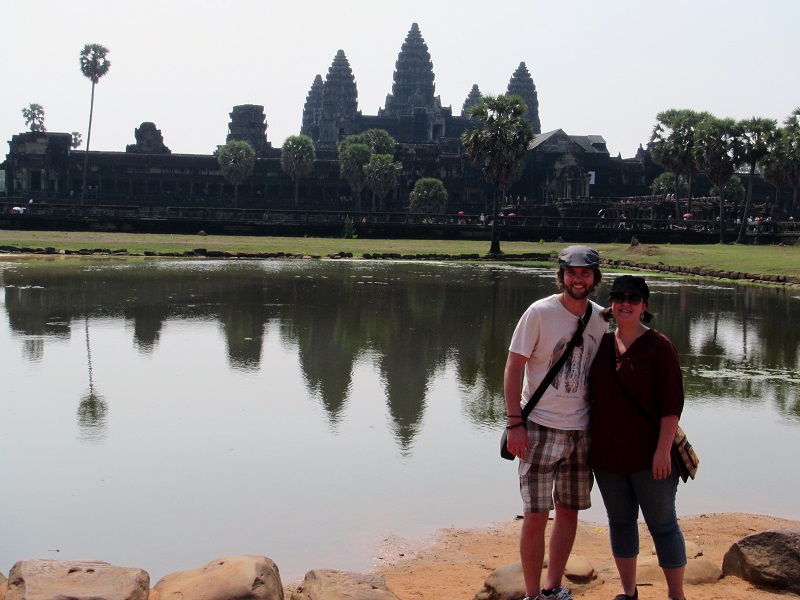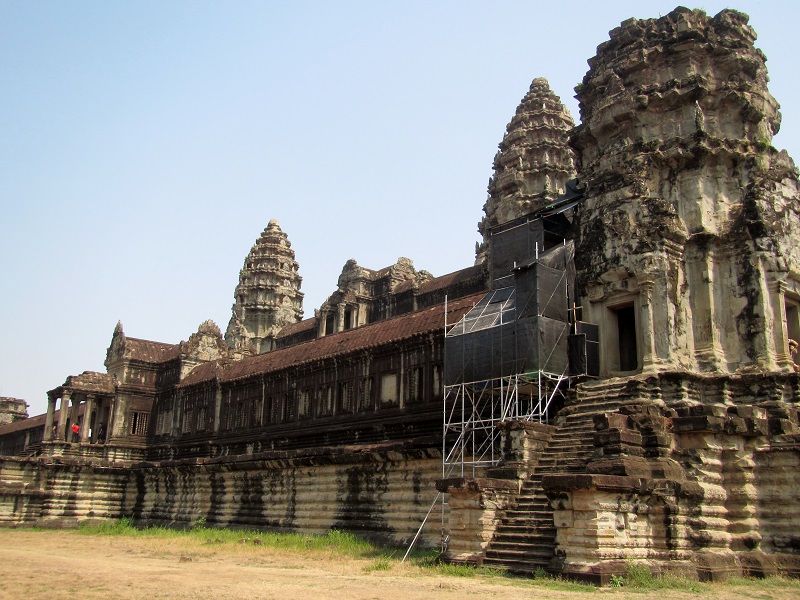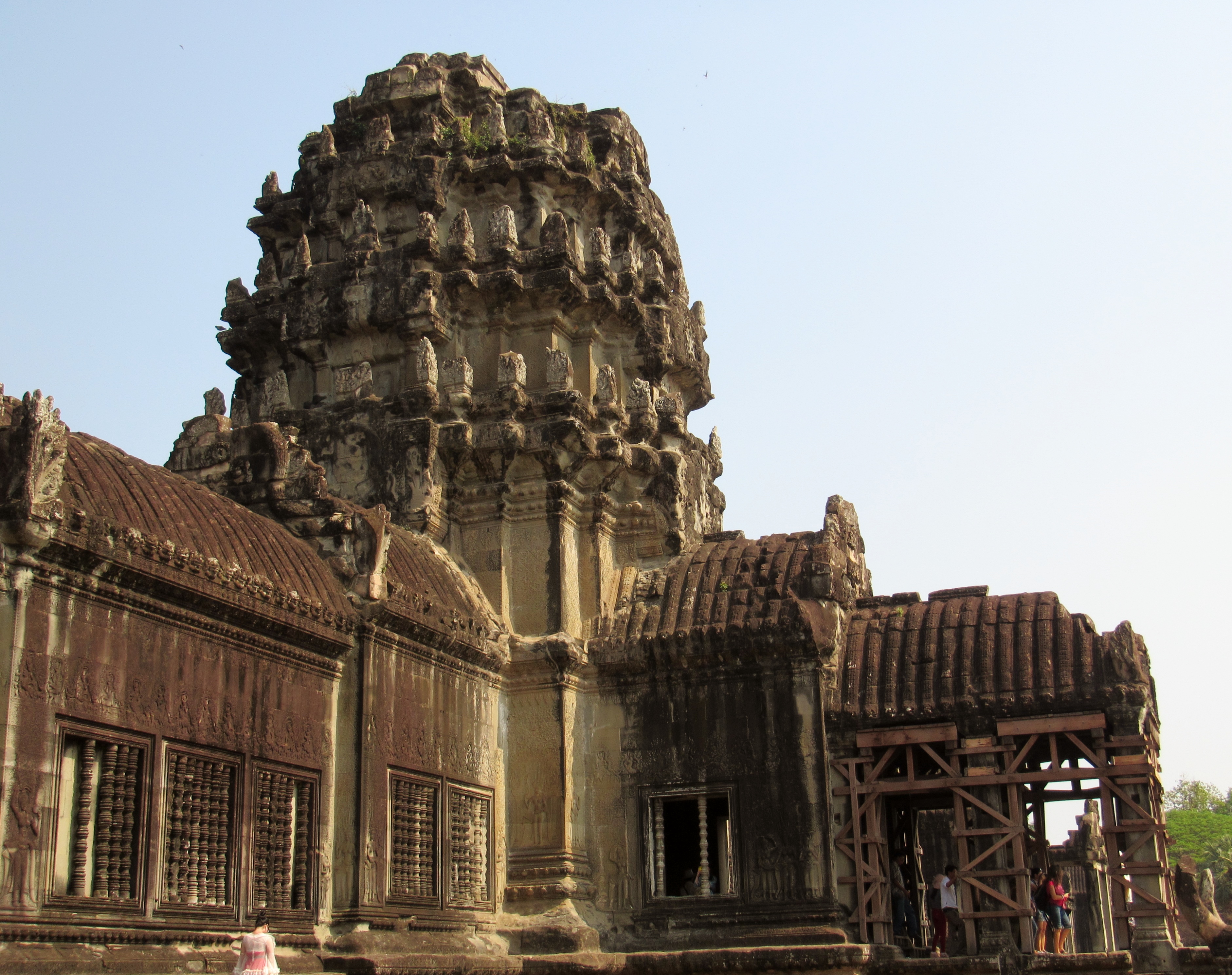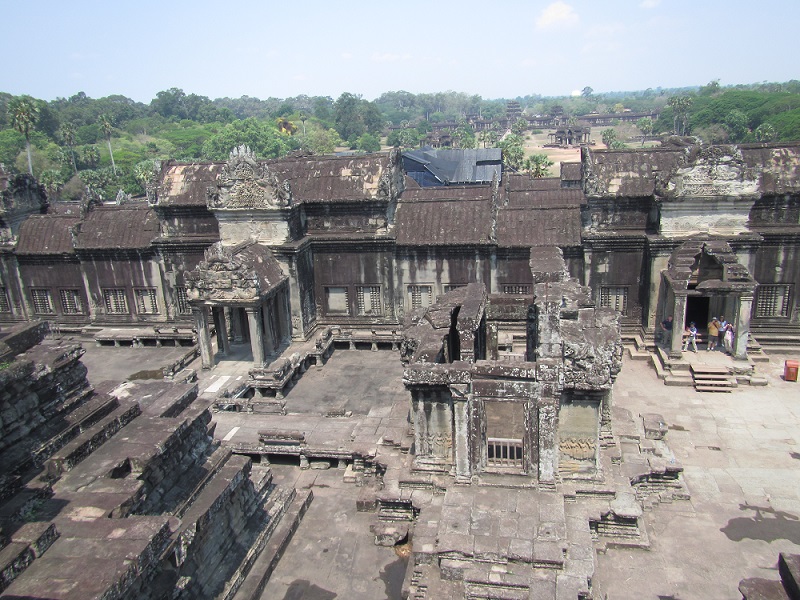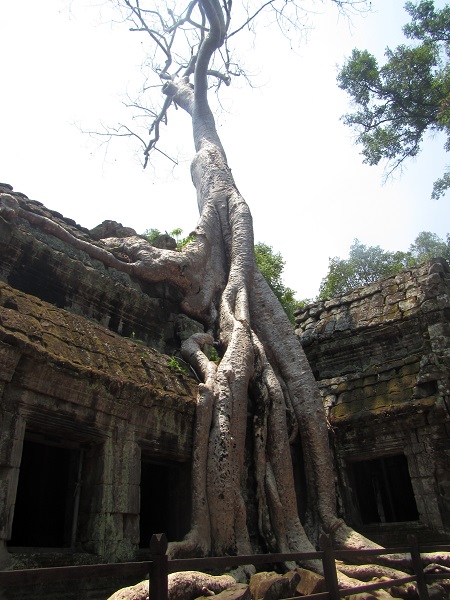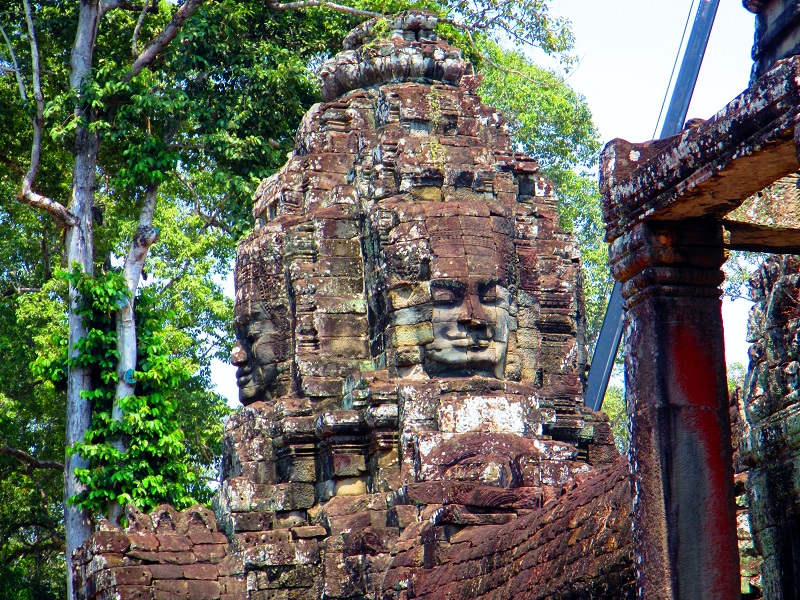It’s difficult to imagine a country more diverse than India. With 22 official languages, 6 major religions and countless traditions and cultures, your experiences in India will depend greatly on the areas you visit. Of the places we visited, Rajasthan was the most flaunting of their customs and traditions, and no matter where you travel there, you get a taste of the individual cultures that make up this desert state.

Rajasthan is a state located in north-western India. Although it is mostly famous because of its Thar Desert, Rajasthan has much more going on than just sand. We visited 5 cities (and could have doubled that number if we’d had the time) and had some pretty awesome experiences. Here are some of the highlights of Rajesthan.

Palaces and Forts
Prior to its independence from England in 1947, India didn’t look the way it does today. Although it is now a democratic country, India used to be made up of several small city states, run by kings. As a result, there is an abundance of history in Rajasthan and if you like seeing antiques and learning about the past, the palaces and forts in Rajasthan are excellent ways to spend your afternoons.

The fees to get into some of these palaces were quite high, and from what I heard from other tourists, not always worth the money. In Udaipur, we opted to skip the palace because of the high camera fee. We were relieved to hear from a couple later on that it had been wise to skip it; there was little more than a few paintings to see. In other places, like Jodpur for example, the forts (and attached palaces), are well worth your time and money.
Many of the hotels in Rajasthan are actually old palaces and government buildings from past rulers. We stayed in several of these buildings, known as Havelis, while in Rajesthan…each had beautiful architecture and interesting rooms.
Architecture
Each city we visited in Rajasthan seemed to have a nickname. Jaipur is ‘The Pink City’. Udaipur is ‘The Lake City’, Pushkar is ‘The Pilgrimage City’, Jaisalmer ‘The Golden City’ and Jodpur ‘The Blue City’. Each of these nicknames comes from the unique architecture and geography in the area.
Jaisalmer impressed me the most with its beautiful sandstone carvings. Not only is the golden colour of the sandstone beautiful, but the intricate detail found all around the city is a photographer’s dream.
Similarly, Udaipur’s gorgeous hotels built along the lake are a sight to see. The white buildings reflect on the lake, giving the city a serene atmosphere.
And if the cities themselves aren’t beautiful enough for you, the temples and other landmarks in India are also sights to behold. After all, the Taj Mahal is just one of India’s famed buildings…there are many, many more!!
Markets
If shopping is your favourite pass-time during travel, Rajasthan is for you! Every city we visited had markets where you can check out Rajasthan’s unique textiles. And, for a state famous for its desert, you wouldn’t believe the colour you’ll see in these markets!!
Among the best cities for shopping were Pushkar and Udaipur. While the shopkeepers in Jodpur and Jaipur were pushy and known to chase you down the street…Pushkar and Udaipur had a much calmer feel to them. There was an abundance of art and textiles (bedding, scarves, clothing etc…) to see everywhere we visited in Rajesthan, you could only really peacefully visit shops in these two smaller cities. We bought the majority of our souvenirs in Pushkar, where the prices were fair and where I was given the chance to try things on without people grabbing my arms and trying to drag me into different stores (a frequent experience in Jodpur!)
Of course, you do need to be careful when shopping in Rajasthan. The prices aren’t nearly as inflated as they are in the Golden Triangle, but you will still be ripped off if someone sees the opportunity. Pushkar specifically had an interesting scam that involved locals trying to push you into paying for flowers that are originally presented as being free. A rule of thumb in Pushkar…people are really nice…just DON’T BUY THE FLOWERS!!!! And, of course, be weary of anyone telling you that their products are 100% Kashmir or Pashmina…they most likely aren’t. I paid 1000 rupees for a scarf that I saw for 400 rupees only a few days later in one of the smaller cities. Be skeptical of initial prices and BARGAIN HARD! (even when they try and make you feel like you’re ripping them off…it’s part of their shtick)

Wildlife and Landscape
Rajasthan is THE place to visit if you are interested in diverse landscapes and wildlife. From monkeys to cows, there won’t be a day you don’t see an animal while in India. And because Rajasthan covers such a large area, the landscapes change a great deal as you travel around the state.
The farm life within the cities is astounding. Not only cows roam the streets of Jaipur and Jaisalmer, but also goats, sheep, pigs and chickens…
There are monkeys all over the place in Rajasthan! I’m always afraid of being bitten because monkeys can be so aggressive, but the zoom on my camera made it easy to get some good close ups of these cool little dudes…
And of course, I can’t forget about the friends we made in the desert…
The most remarkable animals we saw in Rajasthan were the famed Demoiselle Cranes we saw outside of Udaipur. These cranes are famous because they have the most difficult migration of any bird on earth. Not only do they need to fly over the Himalayan mountains to get to their breeding grounds in India…but they get attacked and eaten by Golden Eagles along the way! Don’t believe me? Watch Planet Earth! We watched the episode about Mountain Landscapes after we got home, just to see the cranes that we’d been lucky enough to see up close in Rajasthan!
Some Cautionary Tales
There are far more ups than downs visiting Rajasthan. For Dave and I, the biggest downer was our driver, who was strange and actually pretty terrible at his job. Look around for drivers that have good reviews before booking because you’ll be spending 35+ hours in a car with that person…and trust me…you don’t want a guy who plays the same 5 minute Ohm on repeat the entire time! It can really ruin a trip!
Additionally…it’s a good idea to book ahead of time. While it’s often better to book tours once you’re IN a country, you will be overwhelmed with the number of tour guides trying to sell you packages once you’re in New Delhi. Many of them will lie to you to get your business (ours assured us that they were government run…they were not!) and they will all try and rip you off. Check Trip Adviser before you get tied in with anyone in India.

Aside from drivers…make sure to look around before buying things so you get a feel for what prices are in markets. Don’t believe anyone who tells you their scarves are 100% anything…they are lovely, and I wouldn’t discourage you from buying 1 (or 3…), but I would caution you to limit how much you spend. Most of the time, the Kashmir or Pashmina scarf they’re selling you is mostly silk or even polyester.
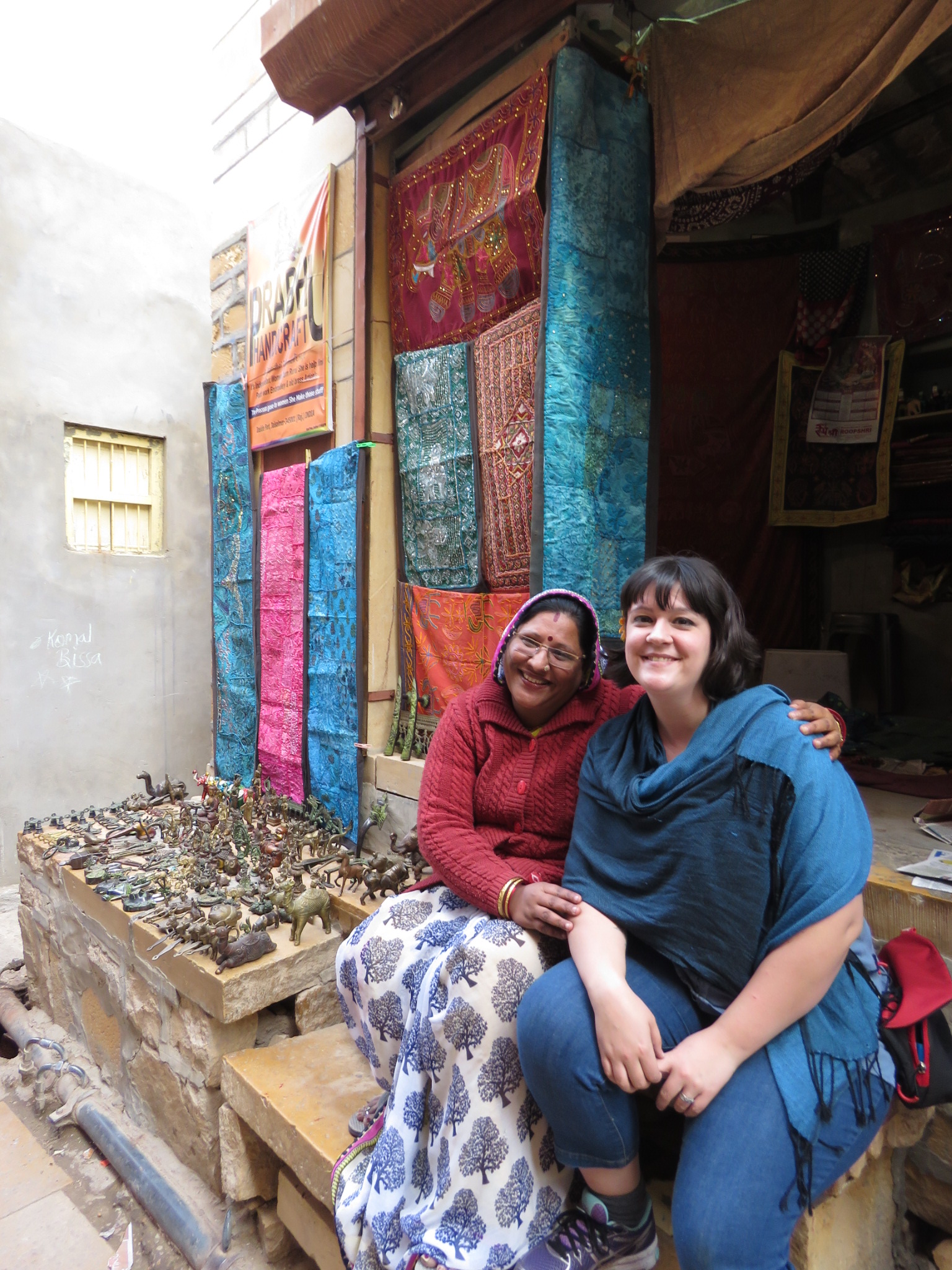
So there you have it…Rajasthan is chalk full of things for every type of tourist. From gorgeous landscapes to intricate architecture, you’ll find something interesting at every stop you make. If I could do things differently, I would have taken 3 of the days we had in New Delhi and added them to our time in Rajasthan so we could have seen Bikaner or Rathambore. Perhaps some day I’ll get the chance…






















































